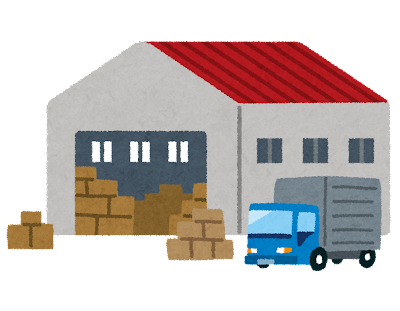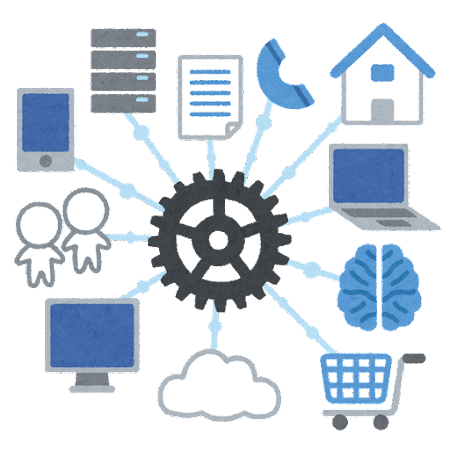
In the logistics industry, an increasing number of companies are robotizing
loading warehouses within their warehousing operations.
Robotization of loading warehouses is the automation of the process from
receiving to shipping that takes place in a warehouse, using computers
and robots.
The warehouse is then unmanned through the introduction of robotic trolleys, for example. |
 |

 |

Systems used for warehouse automation can be divided into three main categories:
automated transport robots, automated picking systems, and warehouse management systems.
There are three types of automated guided vehicles: AGVs, AMRs, and GTPs.
AGVs are unmanned guided vehicles or conveyors that move magnetically.
AGVs are unmanned transport vehicles or machines that move magnetically, but have the disadvantage that they can only move along predetermined routes; AMRs have the advantage that they can travel without guides and automatically
avoid obstacles, but there is a risk of tipping over if the load is large;
and GTPs are floor-moving robots that can transport entire shelves of merchandise.
The GTP is a floor-moving robot that can carry the entire shelf where the goods
are stored. However, this has the disadvantage that the layout of the warehouse
must be changed in order to install this system.And an automatic picking
system is a system that automates the process of gathering the necessary
products by means of robots that automatically carry the shelves where
the products are stored.
Furthermore, a warehouse management system is a system that streamlines
the logistics process in a warehouse.
Thus, some companies are using automated transport robots, automated picking systems, and warehouse management systems to advance the robotization of warehouses.
And further development is still underway. |


In Japan today, efforts are underway to make drone delivery practical.
Drone delivery has the advantage of improving delivery efficiency and easing
traffic congestion.
Drones flying overhead do not cause or affect traffic congestion.
And because there are fewer obstacles in the sky, packages can be delivered in the shortest possible distance.
The use of drones can also reduce the number of trucks and CO₂ emissions.

There are challenges to the practical application of such drone delivery.
These challenges include security concerns, safety concerns, and the inability
to use them in bad weather, but there are four particularly important challenges,
which we call Level 4.
These four are the flight performance of the aircraft, infrastructure development,
flight permit applications, and securing and training human resources.

Solving these issues will cost a lot of money, and whether society will accept drones flying over their living areas will also be an issue.
In fact, however, the government has set a goal of achieving Level 4, which will allow "unobserved flight in a manned area," by 2022,
and has announced a policy of establishing a licensing system for drone
operation in the same year.
In line with this policy, companies are also moving forward with the establishment
of systems and technological development.
|
  |
  |

